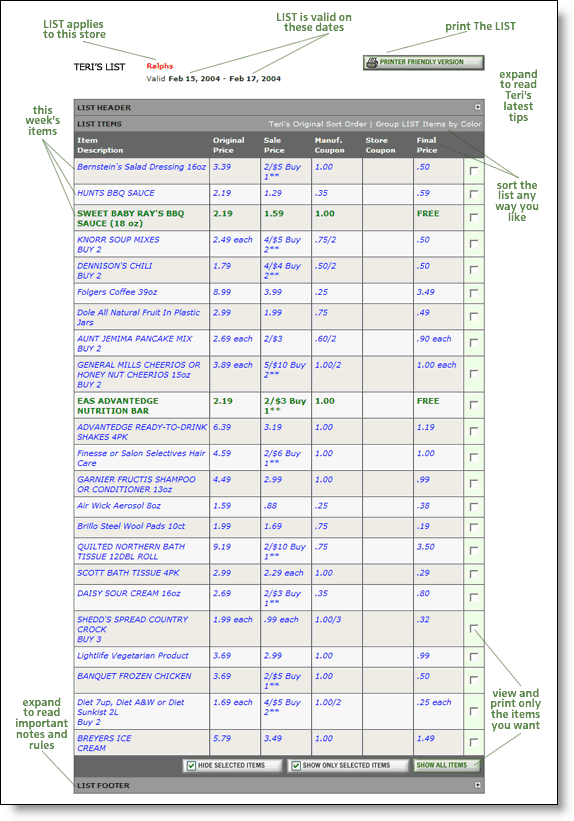 Last year the savings rate in the U.S. dropped to 1.3% of disposable income (personal income less taxes), slightly lower than 2003’s 1.4%, and the lowest since the depression (1934). This is far below the 10% or higher level that most personal finance experts recommend. The last time the U.S. as a whole saved 10% was 1984, and that was no anomaly. In the 15-year period from 1971 to 1985, the U.S. saving rate dipped below 9% on only one occasion (8.7% in 1977). Even without considering inflation, the total amount saved during 2003 and 2004, $113 billion/year, was the lowest total since 1974. (Source: U.S. Commerce Dept: Bureau of Economic Analysis)
Last year the savings rate in the U.S. dropped to 1.3% of disposable income (personal income less taxes), slightly lower than 2003’s 1.4%, and the lowest since the depression (1934). This is far below the 10% or higher level that most personal finance experts recommend. The last time the U.S. as a whole saved 10% was 1984, and that was no anomaly. In the 15-year period from 1971 to 1985, the U.S. saving rate dipped below 9% on only one occasion (8.7% in 1977). Even without considering inflation, the total amount saved during 2003 and 2004, $113 billion/year, was the lowest total since 1974. (Source: U.S. Commerce Dept: Bureau of Economic Analysis)
Banks are in a great position to help improve this situation by making savings easier and more interesting. Online services can be used to automate saving and provide continual detailed feedback. In next month’s Online Banking Report (#120), we’ll outline a number of techniques.
One of the more novel approaches is to help coupon-clippers organize their assault on the grocery store by automating the process with online tools, tips, and links. Then as your customers chalk up savings at the grocery store, encourage them to deposit all or part of the windfall in a bank savings account. The growing balance will provide positive feedback for the disciplined approach to shopping.
 For inspiration, take a look at one of the more established coupon services called The Grocery Game. The Southern California-based online service provides a weekly list of advertised and unadvertised grocery specials married to a database of recently published coupons. The end result is an editable list of major grocery bargains priced at a 40% to 70% discount from retail (click on inset to see a sample).
For inspiration, take a look at one of the more established coupon services called The Grocery Game. The Southern California-based online service provides a weekly list of advertised and unadvertised grocery specials married to a database of recently published coupons. The end result is an editable list of major grocery bargains priced at a 40% to 70% discount from retail (click on inset to see a sample).
The company’s stated goal is to save a family of four $1000 off their grocery bill during the first 12 weeks. Cost is $10 every eight weeks, after a $1 four-week trial.
The Grocery Game says it has 30,000 users in 43 states. Other sites with similar services include, Cairo, ShopLocal, Puget Sound Grocery Guide (Seattle), and Coupon Queen (Cleveland).
Financial Institution Opportunities
Banks could leverage The Grocery Game in several ways:
- By simply linking directly to the service
- By explaining the strategy with articles and advice, but not producing weekly shopping lists
- By partnering with The Grocery Game or others to produce a co-branded or private-branded version at the bank’s website
- By creating a simpler version in-house: After the initial programming, we estimate it would take only a few hours per week to enter the data from the grocery circulars and match it with items from the coupon database
But unlike The Grocery Game, which has no ongoing tracking mechanism, banks would want to program an area for user’s to document their grocery savings, and designate a portion of the grocery savings be deposited into a bank savings account.
To encourage continued participation in "The Savings Game," customers could be rewarded with, what else, free groceries, when they hit savings milestones. Or rewards could be more interesting such as meals out or household items, something that would appeal to the coupon-clipping demographic.
For more info on The Grocery Game:
—JB